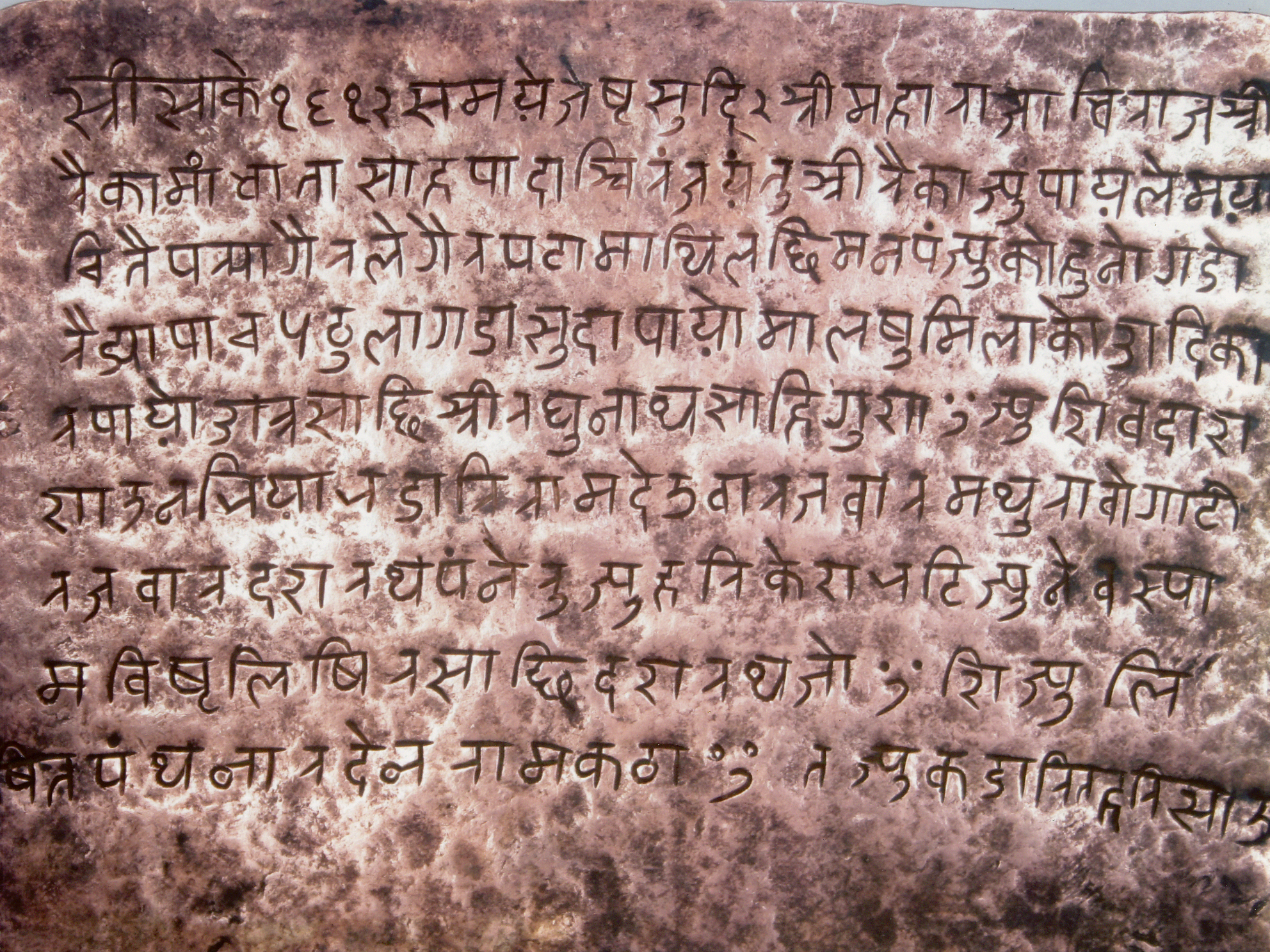Nepali language
Enlarge text Shrink textNepali (English: ; Devanagari: नेपाली, [ˈnepali]), or Gorkhali is an Indo-Aryan language native to the Himalayas region of South Asia. It is the official, and most widely spoken language of Nepal, where it also serves as a lingua franca. Nepali has official status in the Indian state of Sikkim and in the Gorkhaland Territorial Administration of West Bengal. It is spoken by about a quarter of Bhutan's population. Nepali also has a significant number of speakers in the Indian states of Arunachal Pradesh, Assam, Himachal Pradesh, Manipur, Meghalaya, Mizoram and Uttarakhand. In Myanmar it is spoken by the Burmese Gurkhas. The Nepali diaspora in the Middle East, Brunei, Australia and worldwide also use the language. Nepali is spoken by approximately 19 million native speakers and another 14 million as a second language. Nepali is commonly classified within the Eastern Pahari group of the Northern zone of Indo-Aryan. The language originated from the Sinja Valley, Karnali Province then the capital city of the Khasa Kingdom around the 10th and 14th centuries. It developed proximity to a number of Indo-Aryan languages, most significantly to other Pahari languages. Nepali was originally spoken by the Khas people, an Indo-Aryan ethno-linguistic group native to the Himalayan region of South Asia. The earliest inscription in the Nepali language is believed to be an inscription in Dullu, Dailekh District which was written around the reign of King Bhupal Damupal around the year 981. The institutionalisation of the Nepali language arose during the rule of the Kingdom of Gorkha (later became known as the Kingdom of Nepal) in the 16th century. Over the centuries, different dialects of the Nepali language with distinct influences from Sanskrit, Maithili, Hindi, and Bengali are believed to have emerged across different regions of the current-day Nepal and Uttarakhand, making Nepali the lingua franca. Nepali is a highly fusional language with a relatively free word order, although the dominant arrangement is subject–object–verb word order (SOV). There are three major levels or gradations of honorific: low, medium and high. Low honorific is used where no respect is due, medium honorific is used to signify equal status or neutrality, and high honorific signifies respect. Like all modern Indo-Aryan languages, Nepali grammar has syncretised heavily, losing much of the complex declensional system present in the older languages. Nepali developed significant literature within a short period of a hundred years in the 19th century. Around 1830, several Nepali poets wrote on themes from the Sanskrit epics Ramayana and the Bhagavata Purana, which was followed by Bhanubhakta Acharya translating the Ramayana in Nepali which received "great popularity for the colloquial flavour of its language, its religious sincerity, and its realistic natural descriptions".
Read more on Wikipedia >
 Topic
Topic




